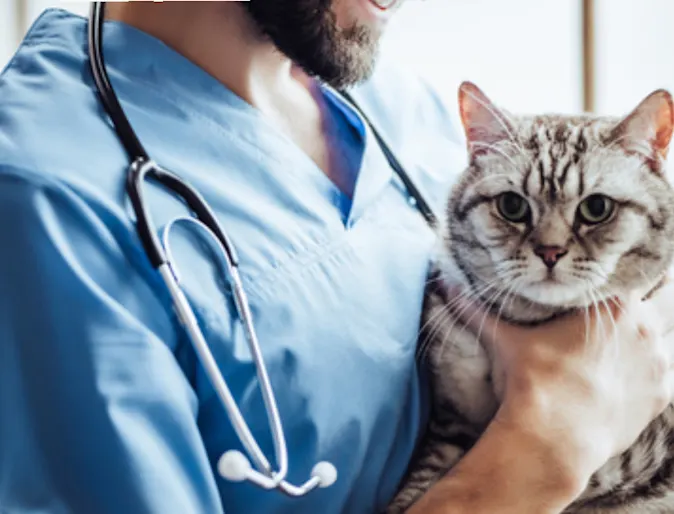Animal Dental Clinic

Library
Category:
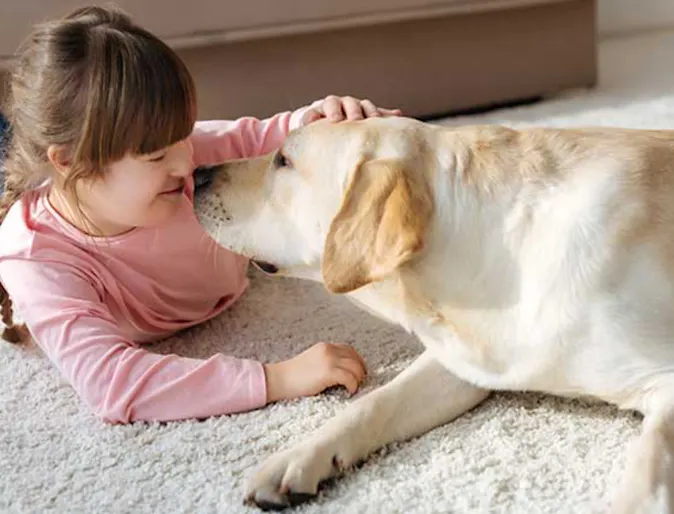
Oral Diagnostics
Oral Diagnostics
Because animals prefer to conceal their oral problems, establishing an accurate oral diagnosis can be challenging unless a systematic approach is followed.

Oral Health
Oral Health
When approaching the subject of oral health and oral disease in animals, there are a few concepts and terms that are helpful to understand.
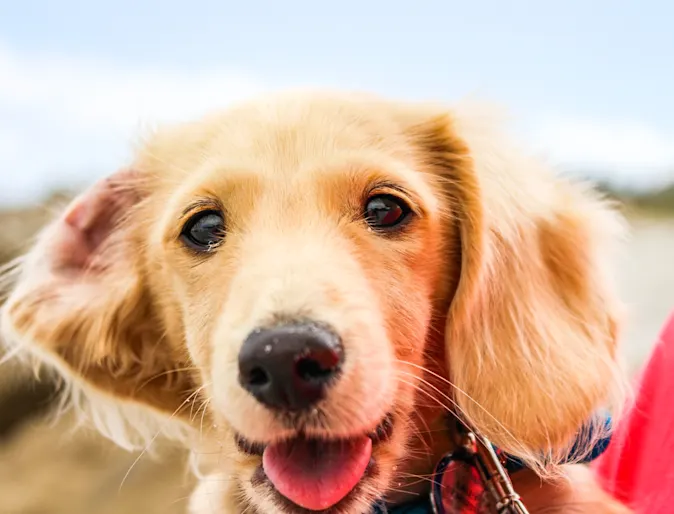
General Dentistry
Oral Health
General dentistry is an integral part of what we provide at Animal Dental Clinic.
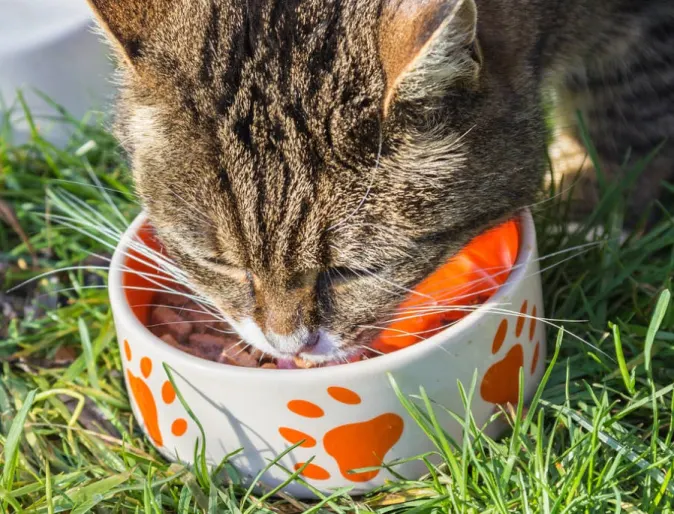
Feline Chronic Gingivostomatitis
Oral Disease
Feline chronic gingivostomatitis (FCGS) is a chronic, severe inflammation of the gingiva and mucosa, usually located at the back of the oral cavity. Other areas of the oral cavity are also occasionally involved.
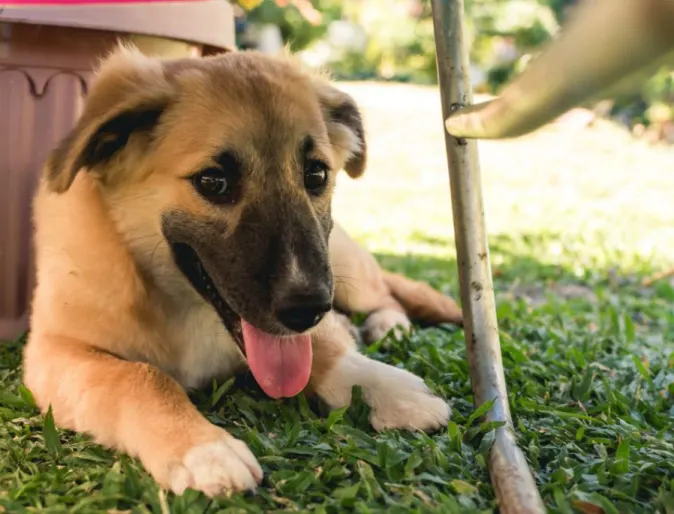
Anatomy of the Tooth and Periodontal Tissue
Oral Health
Teeth are composed of, and held in place by, several different structures.
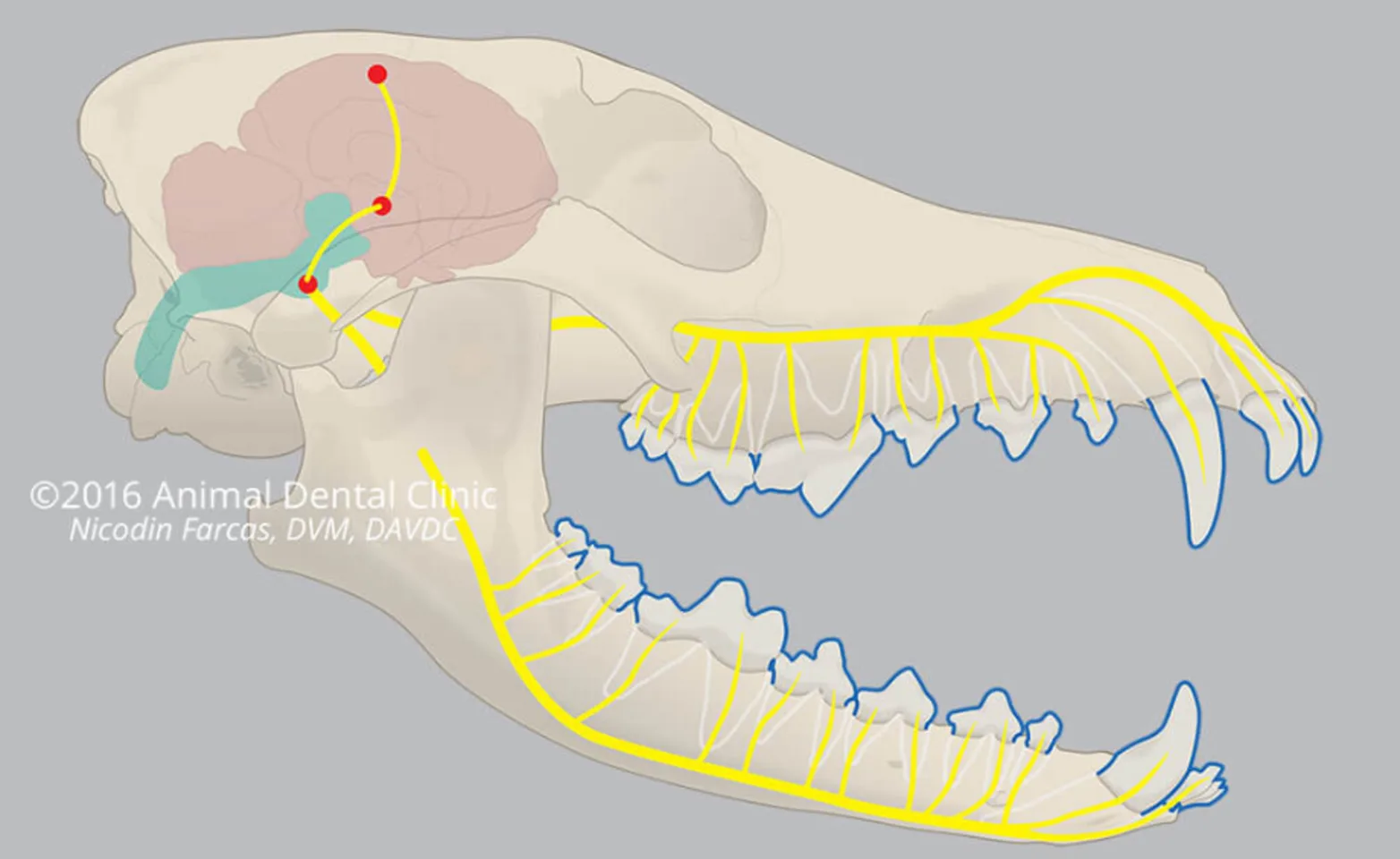
Oral Pain
The pulp of each tooth carries a nerve that connects it directly to the sensory processing centers of the brain. The soft tissues of the mouth are also highly innervated. These networks of nerves make dogs and cats, like humans, very sensitive to structural changes and inflammation in the oral cavity, and to changes in the oral environment. Because animals tend to hide pain, pet owners are encouraged to have their pet examined by a veterinarian anytime something seems abnormal in the oral cavity, as the condition could be painful.
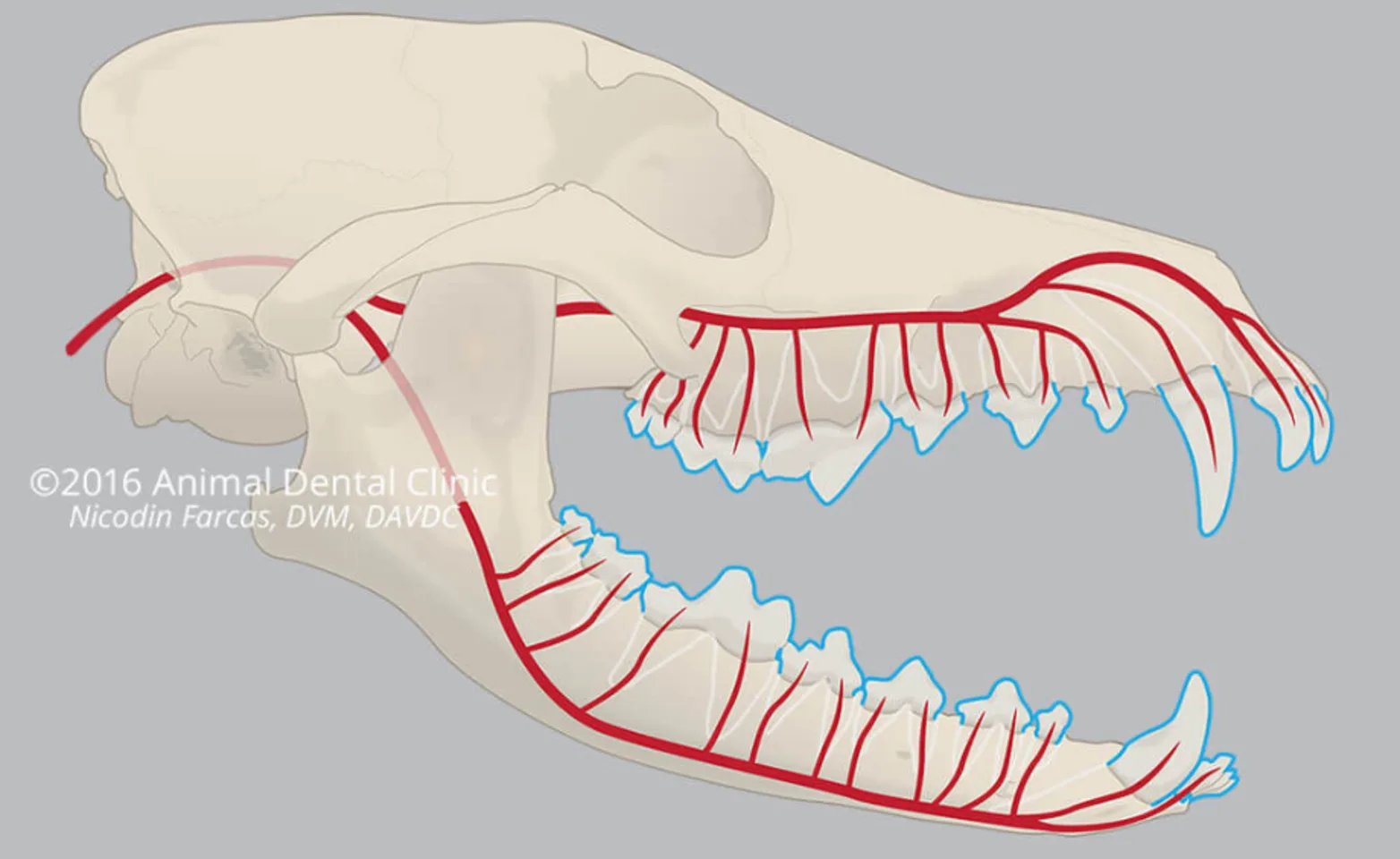
Oral Blood Supply
The oral cavity has an extensive network of blood vessels which contribute to oral health, as well as affect the body as a whole.
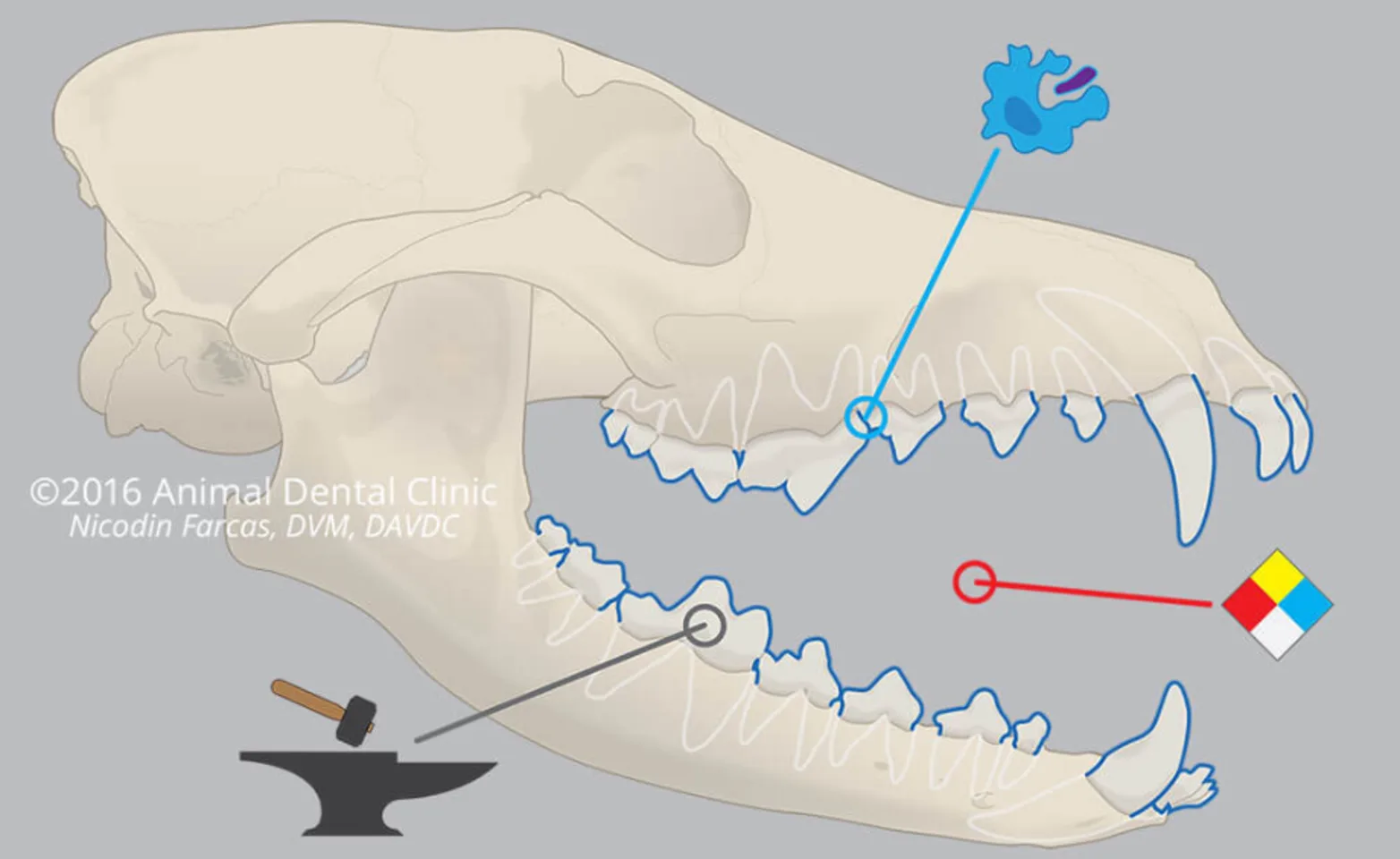
Oral Balance
The oral cavity is designed to balance mechanical, biological, and chemical forces. When the body’s ability to balance these forces is overwhelmed, oral disease results.

Oral Barrier
The oral barrier: The tooth enamel, the gingival, and the oral mucosa.
